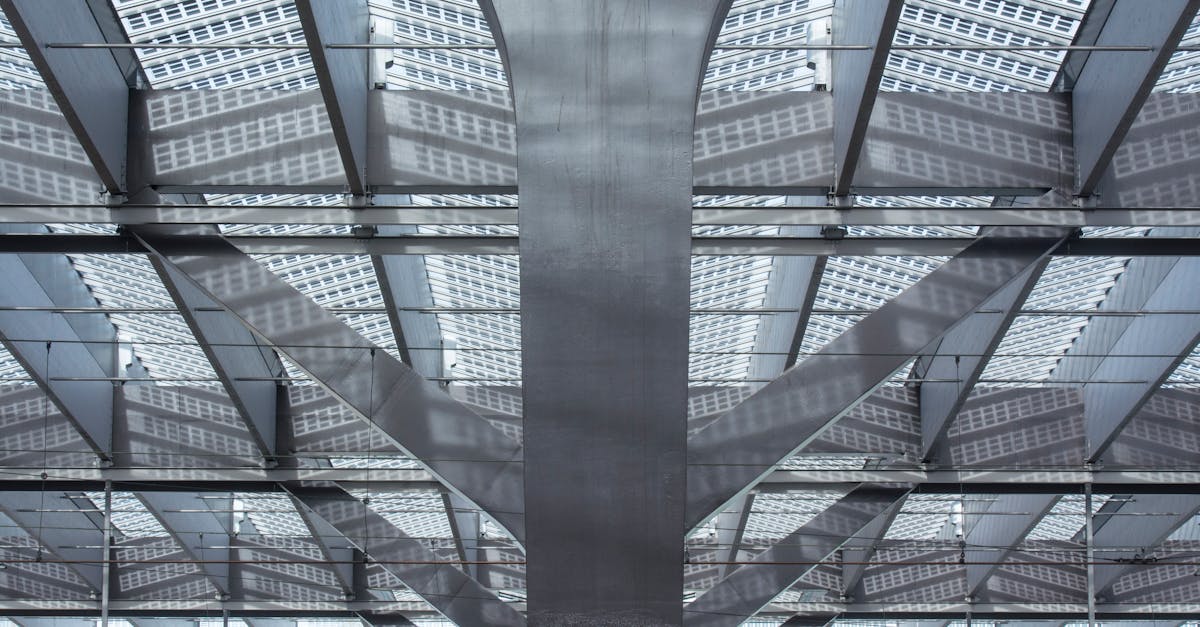Metal Roofing Services in Sydney

Table Of Contents
Metal Roofing Services in Sydney
When considering a roof upgrade, many homeowners in Sydney grapple with the financial implications of their choices. One critical factor often influencing decisions is the Metal Roofing Installation Cost Breakdown Sydney, which provides insight into both material and labor expenses associated with this durable option. As more residents opt for metal roofs due to their longevity and energy efficiency, understanding this cost breakdown becomes essential for making informed decisions.
In addition to its impressive lifespan, metal roofing has garnered attention for its ability to withstand harsh weather conditions common in Sydney. However, the initial investment can raise questions, particularly around the metal roofing installation cost breakdown sydney. By exploring this cost breakdown, homeowners can better navigate their options, ensuring they choose a solution that fits their budget while maximizing the benefits of Sydney's metal roofing solutions.
Heat Savings of Metal Roofs in Sydney
Metal roofs delivers notable heat benefits for property owners in Sydney. Owing to their reflective surfaces, these roofs can reduce heat absorption, keeping interior spaces more comfortable. Such a characteristic is not only boosts energy benefits of HVAC systems but also contributes to lower utility costs over time.
Moreover, steel roofs are resilient and demand minimal maintenance, further leading to additional savings. These light-colored surfaces assist in keeping homes comfortable, particularly during the sweltering summer months in Sydney. Opting for steel roofing is a wise choice for property owners looking to maximize their heat benefits while supporting a more eco-friendly environment.
Ways Aluminum Roofing Can Lower Heating Expenses
Aluminum roofs provide remarkable insulation attributes. This insulation helps control ideal indoor temperatures, reducing the need for cooling. Thus, property owners can experience significant savings in their cooling costs. In addition, the reflective surface of aluminum roofing works to deflect heat, ensuring homes cooler in the summer months.
Investing aluminum roofing can bring about long-term financial benefits for residents. This type of roofing material is known for its durability and longevity, suggesting that it requires less frequent repair. This longevity leads to fewer inconveniences associated with roof replacement. Consequently, this is not only lowers costs over time but also enhances to a more sustainable and energy-efficient living environment.
Innovations in Aluminum Roofs for Contemporary Properties
In recent years, metal roofs have gained immense popularity among contemporary houses. Property owners are increasingly drawn to the resilience of metal roofs, which can withstand harsh weather conditions while requiring minimal maintenance. The sleek appearance of metal roofs also complements various architectural designs, making them an attractive choice for modern builds. Additionally, the variety of colors and finishes available allows homeowners to customize their roofing to suit their personal style.
Another significant trend in metal roofs is the growing focus on sustainability. Many modern houses are incorporating eco-friendly materials, and metal roofs fit perfectly into this trend due to their recyclability and energy efficiency. Light-colored coatings are also becoming more popular, as they help reduce heat absorption and lower energy costs for homeowners. The integration of solar panels with metal roofs is further enhancing their appeal, allowing for innovative energy solutions in contemporary builds.
Investigating Popular Steel Roof Styles
Steel roofing has been gaining trends among homeowners due to its strength and visual attractiveness. Popular styles include modern finishes, and they offer a neat look that enhances various architectural styles. Numerous homeowners are selecting metal roofing that resemble traditional materials like wood or slate, allowing for a timeless appearance while taking advantage of the enduring properties of metal.
Beyond aesthetics, emerging metal roofing styles such as standing seam and corrugated panels have become increasingly common. Such styles do not only provide superior protection against the elements, but they furthermore enable easy installation and maintenance. As the increasing interest in sustainability, many homeowners are considering metal roofing as a green option that is able to bounce back heat and minimize energy costs.
Sustainable Perks of Steel Roofing
Steel roofing provides notable eco-friendly perks in contrast to traditional roofing materials. These roofs are often made from recycled materials, which minimizes the need for new resources and alleviates waste in landfills. Additionally, metal roofing is highly durable and can last for decades, which means fewer replacements and less environmental impact over time. Such resilience also translates to lower energy consumption during production, making it a more sustainable choice.
One more eco-friendly benefit of metal roofing is its energy efficiency. Such roofing systems reflect solar heat, which helps keep homes cooler in the summer months, leading to reduced energy costs for air conditioning. This energy savings not only saves money for homeowners but also contributes to lower greenhouse gas emissions. Moreover, many metal roofing systems are designed to be installed over existing roofs, which also minimizes waste and reduces the need for new materials.
Importance of Opting for Aluminum Roofing for Green Homeowners
Aluminum roofing offers numerous perks for eco-conscious homeowners. An important aspect is the roofing's energy efficiency. Metal roofs reflect heat from the sun radiation, which might significantly reduce energy bills during warm months. In addition, they are durable, often outlasting traditional roofing materials, which means fewer replacements and waste.
Opting for metal roofing also adds to sustainability. Many metal roofs are made from repurposed content and are themselves fully recyclable at the end of their lifespan. This closed-loop approach reduces the need for new resources and safeguards the environment. Further, these roofs are resistant to fungus and flames, making them a safer option for sustainable homeowners looking to enhance their property's environmental impact.